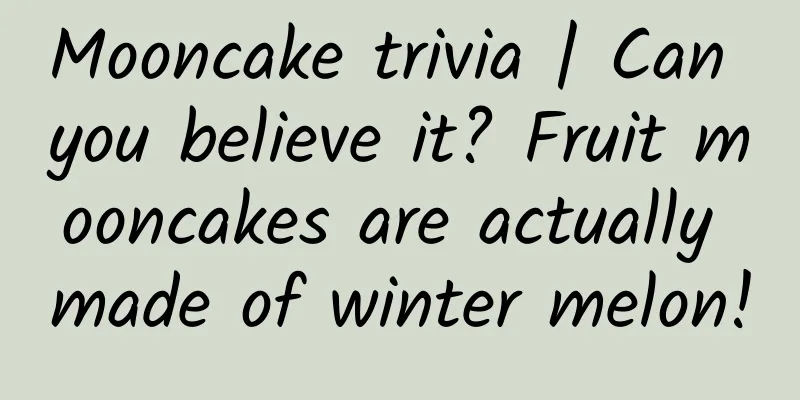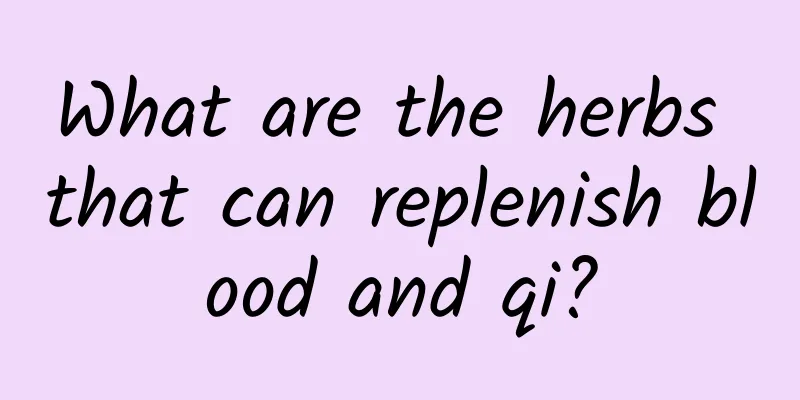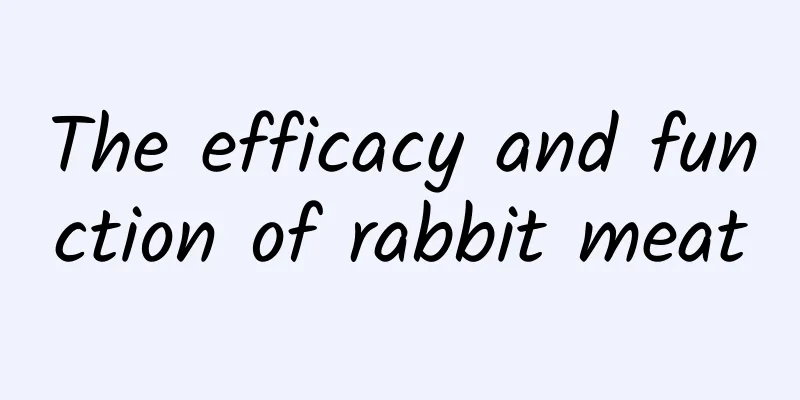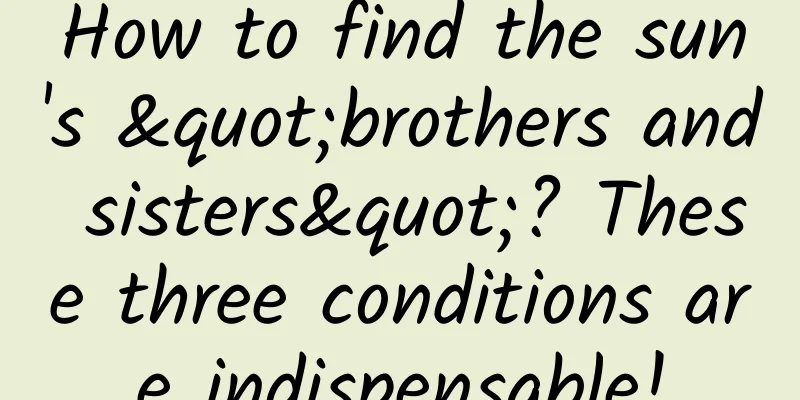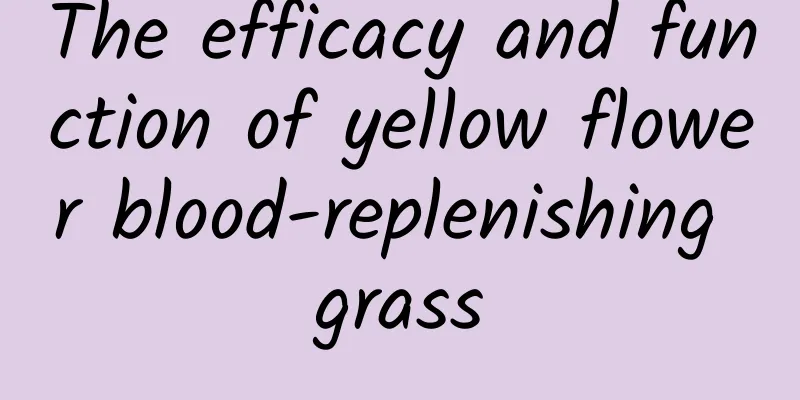The efficacy and function of insect-killing fruit

|
There are so many medicinal herbs in the world, and it is inevitable that there are some that we are not familiar with. But as long as we have the spirit of learning throughout our lives, I believe we can slowly learn more medical herbs. So do you know about the medicinal herb called worm-killing fruit? 【Other name】 Rice soup fruit [Source] Medicinal material source: It is the fruit of the Myrsinaceae plant Achyranthes bidentata. [Original form] Climbing shrub or small tree, more than 5m high. Young branches very finely pubescent, with lenticels. Leaves are alternate; petioles are 4-8mm long, slightly wrinkled on both sides; leaf blades are hard and papery, ovate to ovate-oblong, rarely elliptic-lanceolate, 5-11cm long, 2-3.5cm wide, with acute, acuminate or obtuse apex, cuneate or rounded base, with fine serrations on the margins, rarely double serrations; lateral veins are numerous and obvious, with raised glandular dots on both sides, especially near the margins. Racemes, axillary, 2-4cm long, finely pubescent; pedicels 2-5mm long, with sparse nipple-like protrusions; bracteoles awl-shaped, about 1.5mm long, ciliate, pubescent on both sides; flowers 5-something, about 2mm long; sepals ovate. About 1.5mm long, with ciliate margin; without or with very few dots; petals white or pink, separate, narrowly oblong or elliptic, tongue-shaped or nearly spoon-shaped, densely covered with nipple-like protrusions inside, with obvious glandular dots; stamens degenerate in female flowers, no longer than 1/2 of the petals, extending out of the petals in male flowers, inserted at 2/5 of the petals, anthers ovate or oblong, without glandular dots on the back; pistil nearly as long as petals in female flowers, style often curved downward. The fruit is spherical or slightly flat, about 5mm in diameter, red, and has glandular dots. The flowering period is from October to November, and the fruiting period is from October to February of the following year. [Habitat distribution] Ecological environment: Grown under the forest on limestone hillsides at an altitude of 200-1700m. [Properties] Identification of properties: The fruit is spherical or slightly flattened, about 5mm in diameter, red, and has glandular dots. Dries to a tan color. It has a slight odor and tastes sour and sweet. 【Nature and flavor】 Sour; neutral 【Functions and indications】Anti-insect. Ascariasis; Ascaris [Usage and Dosage] For oral use: decoct in water, 3-9g; or grind into powder. 【Excerpt】 Chinese Materia Medica Through the detailed introduction of the worm-killing fruit in this article, we can learn about the related functions and eating methods of the worm-killing fruit. The value of the insect-killing fruit can be seen from its efficacy, which fully reflects the importance of the insect-killing fruit. |
<<: The efficacy and function of Pedicularis chinensis
>>: The efficacy and function of the large-bracted mulberry
Recommend
What are the taboos of taking Chinese medicine for acne?
Acne, also known as pimples and blackheads, is a ...
Is there a mysterious element in the periodic table that is unknown to the public?
Produced by: Science Popularization China Author:...
Is your soy milk really cooked? Beware of "false boiling"!
□ Ruan Guangfeng Many people advocate starting th...
Danger! Another person almost lost his face! Huaxi doctors remind you: Don’t take photos of this kind of insects
Although it is already autumn But the weather is ...
The efficacy and function of Scleroderma
Scleroderma is one of the common traditional Chin...
What are the side effects of drinking Astragalus water?
Scutellaria baicalensis is a common Chinese medic...
What are the traditional Chinese medicines for variant asthma?
Traditional Chinese medicine is a very good metho...
Trucks full of hard drives, faster than fiber optic? But times have changed!
Many years later, facing the 20MB/s network speed...
It’s the last month, try harder!
After today There is only one month left in 2021 ...
How to eat raw plantain and its benefits
Plantain is actually a kind of herb with many med...
How do human limbs develop? The first "roadmap" of human limb cell development is released
Sun Yat-sen University recently announced that Zh...
AI can read people's minds! How long can you keep your little secrets secret?
Audit expert: Zheng Yuanpan Professor of Zhengzho...
Why do more people with lung cancer get worse in winter? How can lung cancer patients spend the winter safely? Pay attention to these 6 details
Winter is the most difficult season for lung canc...
Can I take calcium tablets while taking Chinese medicine?
There are many precautions when taking Chinese me...
The efficacy and function of Chickweed
Do you know what Lycoris radiata is? It is a kind...

